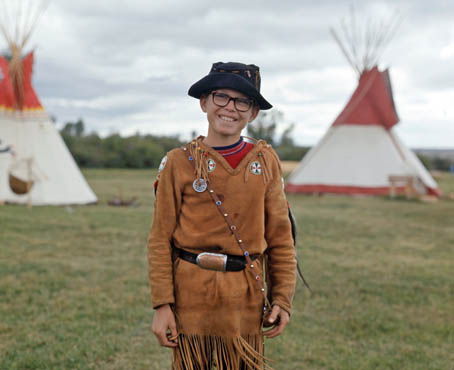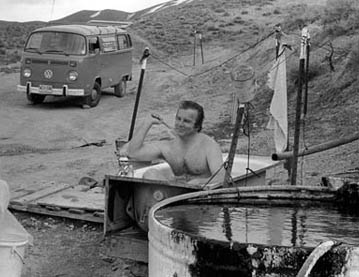Here in Utah, there seems to be no doubt as to who belongs; i.e., those who can trace their ancestry back tother polygamist Mormon incestors. In other words, about ninety percent of the population.

But what about the rest of us? My paternal great-grandfather, for instance, had only one wife–that is, until she was spirited away by a Mormon polygamist. Robert Menzies was a coal miner in Scofield; my maternal grandfather was a hard-rock miner in Eureka. Neither pulled handcarts; both pushed ore carts.
By the time I came along, my family had worked its way out of the mines, although we still lived in a mining town. Price was a melting pot of immigrants, including Greeks, Slavs, Italians, Japanese, French, Welsh and Basque. As for the Hispanics, none were recent arrivals–more like landed gentry–as their families had lived in the Southwest long before we stole it from Mexico. However, only those whose forebears predate the Spanish conquistadors could truly lay claim to being indigenous.
I had occasional contact with Native Americans when I worked as a roving reporter on the hunt for news stories. Once, I spent two whole days wandering Monument Valley in search of a political candidate by the generic Navajo name of Benny Yazzie. Time and again, I was pointed to a faraway mesa that showed no signs whatever of human habitation.
I might as well have been searching for Bigfoot, which in fact was the case following a reported Sasquatch sighting on the Wind River Indian Reservation in Wyoming. There, I interviewed a handful of tribal elders, each of whom contributed conflicting details, which, when pieced together painted a picture no clearer than Roger Patterson’s jerky home movie of a hirsute humanoid beating a hasty retreat. I came away convinced I’d been suckered into a wild goose chase.
No less evasive were the two Shoshone sisters, Mary and Carrie Dana, who had spearheaded a revolution against federal grazing rules in rural Nevada, arguing that there was an unconquered nation and therefore not answerable to the Bureau of Land Management. Eager to gain access, I sat in on an interminable powwow in Battle Mountain and an equally interminable public hearing in Austin. I even camped overnight on the Dana ranch in Crescent Valley, where I bathed in the clan’s geothermically-heated outdoor washroom.

But did I ever get a handle on the story from a Western Shoshone viewpoint? I did not, because for one thing I was struggling to fit the story into a particular format that is in no way related to reality as they know it. When I asked if I could somehow help advance their cause, Carrie Dann offered this piece of advice:
“You can go back to Europe or wherever it is you came from.”